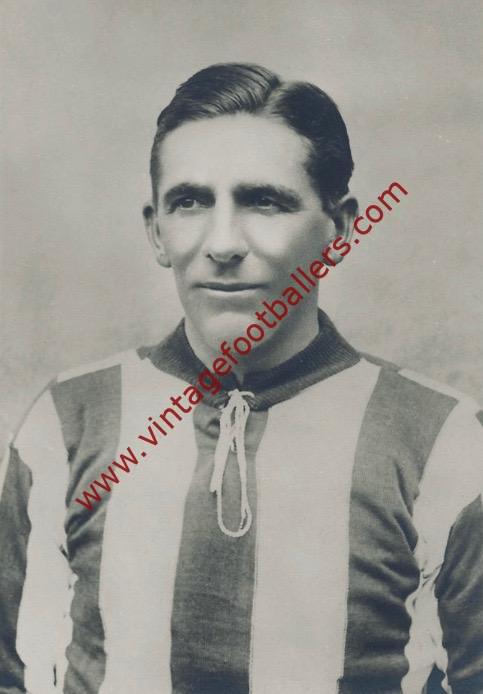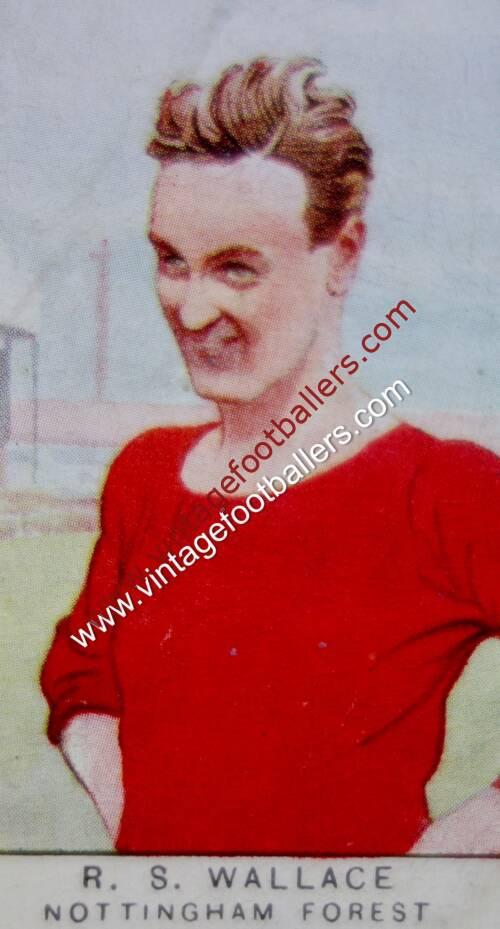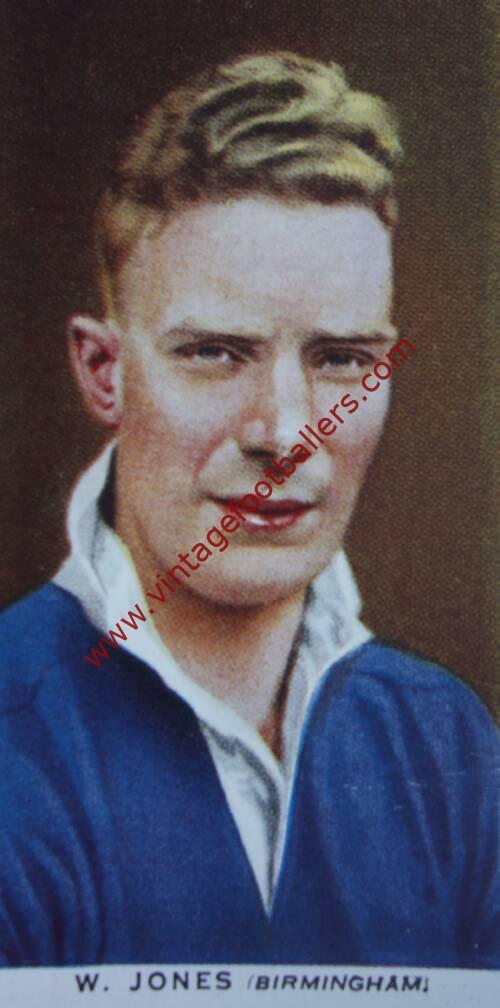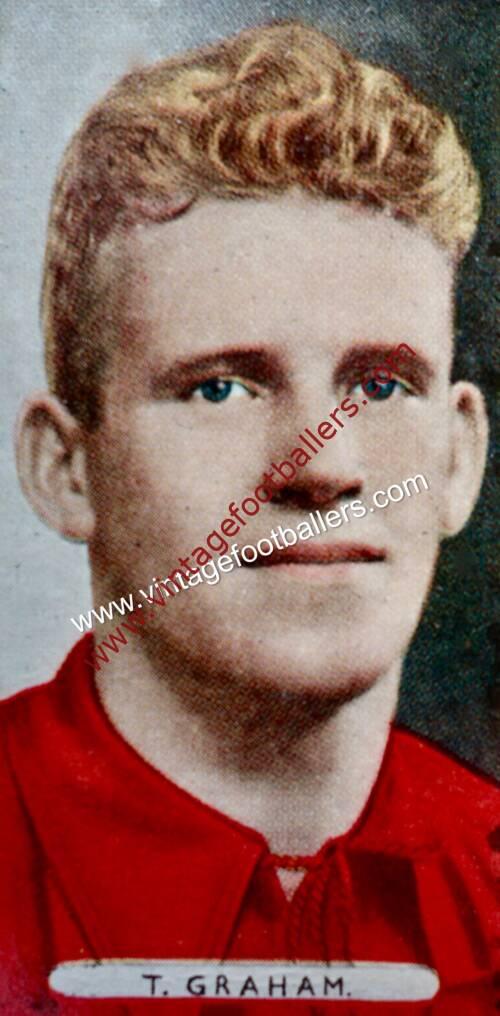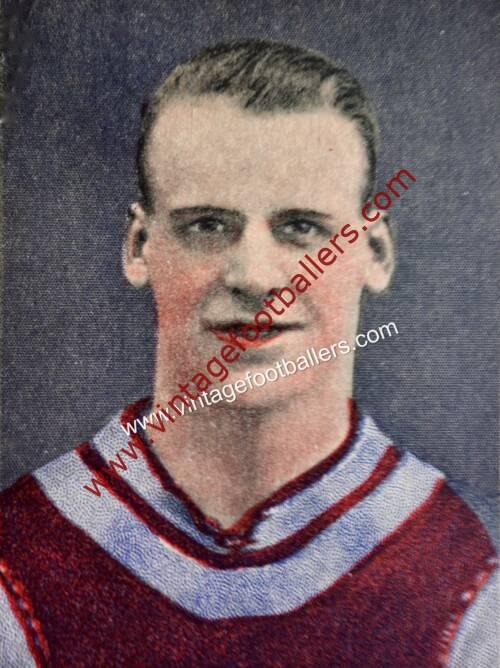Please choose your photo size from the drop down menu below.
If you wish your photo to be framed please select Yes.
Note: 16″x 20″not available in a frame.
Images can also be added to accessories. To order please follow these links
£8.95 – £49.95
Please choose your photo size from the drop down menu below.
If you wish your photo to be framed please select Yes.
Note: 16″x 20″not available in a frame.
Images can also be added to accessories. To order please follow these links
Thame, Oxfordshire born inside forward Walter George “Joe” Bailey was spotted at local club Thame United and was signed by Nottingham Forest, for whom he made his Football League debut at Tottenham Hotspur in December 1910, scoring in a 4-1 win. However this was to be the high spot of his brief time in Nottingham, a further 3 games later in the season, all defeats, and he was moved on to Oxford City in 1911. He was soon signed by Southern League club Reading later in 1911, however his career with The Royals was interrupted by the First World War. By then he had played twice for England Amateurs, winning his first cap, scoring in a 4-0 win over The Netherlands at Anlaby Road, Hull in March 1912 and scoring twice in a 2-1 win over Belgium in Brussels the following month.
During the First World War he had fought with The Footballers’ Battalion and received various decorations (DSO, Military Cross & 2 bars) and mentions in dispatches for his considerable bravery. In December 1914, four months after the outbreak of the First World War, Bailey enlisted as a lance corporal in The Footballers’ Battalion (The 17th Middlesex Regiment). The Battalion arrived on the Western Front in November 1915 and he was lightly wounded in the face by a rifle grenade in trenches near Calonne-sur-la-Lysin February 1916. In June 1916, Bailey was evacuated back to Britain after a hand, which he had cut on barbed wire, turned septic. After recovering, Bailey was commissioned into The Norfolk Regiment in August 1917 and returned to the front.
Bailey was serving as a temporary second lieutenant, attached to The Suffolk Regiment, when he was awarded the Military Cross for his actions on 28th March 1918:
“For conspicuous gallantry and devotion to duty. When the line had to be reformed under heavy machine-gun fire, this officer moved about, placing the men in the best positions. He then made several journeys to an ammunition dump in front of the line, bringing back ammunition which was much needed. He also brought back a man who was lying wounded in the open.”
Bailey was awarded a bar to his Military Cross for his actions on 21st August 1918:
“For conspicuous gallantry during an advance. Accompanied by one orderly he rushed a machine-gun post which was holding up the advance of the battalion, and captured 1 officer, 23 men, and 2 machine guns. Later in the day he made a reconnaissance under very heavy fire, and brought back information as to the position of the battalion. Two days later, accompanied by his orderly and two other men, he went forward and attacked two enemy machine guns, scattering the crews and killing several. His utter disregard of danger was magnificent.”
He was awarded a second bar to his Military Cross for his actions on 8th October 1918:
“For conspicuous gallantry and devotion to duty at Seranvillers on October 8th, 1918. He assembled the troops, and afterwards with a few scouts moved forward with the attack, He cleared the village and, with four men, captured prisoners and machine guns. He reorganised men of the battalion who had lost their companies and then went out and ascertained the enemy’s dispositions under very heavy machine-gun and shell fire. Greatly owing to his gallant and determined leadership all objectives were gained.”
On 3rd October 1919, Bailey would receive the Distinguished Service Order for his actions on 23 October 1918:
“For conspicuous gallantry and able leadership as Battalion Intelligence Officer at Romeries, Escarmain and Beaudignies on 23rd October 1918. He went forward and found that a company had become disorganised owing to the loss of all its officers, and was hesitating to go forward. He immediately took command, rallied the men, and succeeded in getting them to their objective under heavy shell fire. Later, he led them in the assault on the final objective. He showed great skill in consolidating the positions gained and in the disposal of his force.”
After the armistice, Bailey was held in such high regard by his Regiment that he was sent back to Britain to collect his Battalion’s Colours and bring them to Germany. He was promoted to a Lieutenant in The Suffolk Regiment in February 1919 and later an Acting Captain in March 1919. Bailey was mentioned in dispatches on 8 July 1919
He re-joined Reading after the War and played in their Southern League 1919-20 campaign, and then in their first season in the Football League in 1920-21, scoring their first ever League goal in their inaugural League fixture, a 1-0 win at Newport County. He played all but one game that season, scoring 18 goals in 44 games and finishing the club’s top scorer by a distance in what was a difficult inaugural Football League season for The Royals. He then moved to Bournemouth & Boscombe Athletic after 77 goals in 186 appearances for The Royals but he didn’t make their first eleven, before joining non league Sittingbourne in 1922.
A talented all round sportsman, he was also a Minor Counties cricketer playing cricket for Berkshire and Oxfordshire, and played hockey for Oxfordshire.
| Weight | N/A |
|---|
